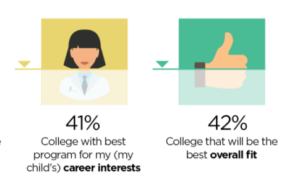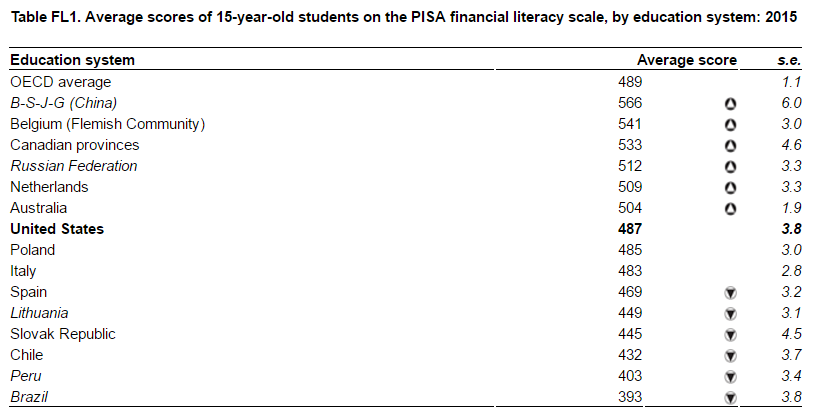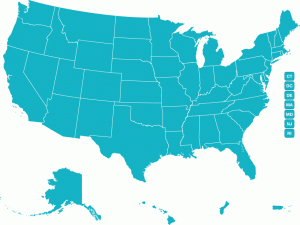In light of Congress’ work towards reauthorizing the Higher Education Act (HEA), Results for America, Knowledge Alliance and America Forward hosted an event on March 22 about the role that data and evidence can play in improving student outcomes in higher education. This event also came after Results for America released their bipartisan report, “Moneyball for Higher Education,” which outlines recommendations for how state leaders should use data and evidence in the financing of colleges to improve student outcomes.
The event began with remarks from U.S. Representative Grace Meng (D-NY) about the importance of evidence and innovation in higher education. Meng discussed the City University of New York’s (CUNY) Accelerated Study in Associate Programs (ASAP), which provides financial, academic and financial support to assist students in earning their associate degrees within three years. Meng highlighted the data-driven nature of ASAP, as the program tracks metrics that include advisors’ contact with students and student outcome trends to determine what is working in the program and where improvements can be made.
While ASAP costs CUNY more per student initially than students not involved in ASAP, by graduation, CUNY spends less per ASAP student compared to students not in the program because the students in ASAP graduate at a faster rate than students not in ASAP. Graduation rates for students in ASAP have increased to 40 percent, compared to 22 percent for CUNY students overall.
The event ended with a panel that featured experts in the field of education and data analysis. James Kvaal, the President of the Institute for College Access and Success, outlined what he would like to see come from a reauthorized HEA: investing in ways to measure critical outcomes, sectioning off one percent of the higher education budget for evaluation and systemically channeling resources into programs that work. Michael Weiss, a senior associate from MDRC, mentioned the need for more comprehensive, long-lasting interventions, such as the ASAP program, that address multiple barriers to education across an extended period of time.
The panel concluded with the panelists discussing what they would change about the education system. Greg Johnson, CEO of Bottom Line, advocated tying Pell grants to an advising requirement. Kvaal emphasized the importance of colleges deciding what outcomes they want to produce and then investing the necessary resources so that those outcomes can come to fruition. Weiss expressed his desire for the use of a funding model that would allow for experimentation on the lowest level and an investment in data driven programs like ASAP on the highest level.
While the panelists recognized that the current education system is inequitable and touched on ways that data can be used to improve student outcomes in higher education, it would have been great to hear more on how data could be used to align labor market needs with student outcomes, as well as how data from the secondary system can be used to create higher-quality postsecondary programs.
Brianna McCain, Policy Associate







